Every now and again you visit a place that portrays the past in a rosy, warm, Victoriana hue; make do and mend seems romantic, the houses are small but clean and keep a pot of geraniums on the window sill and everyone you meet is in costume, role playing and telling you what 'we' had to do to survive the age/ the war/ the poorhouse.
 |
| See the background? The whole museum was industrial like this.Brilliant. |
Today we visited a museum that was nothing like that.
 |
| Motty the Mole is the Museum mascot. Cute. |
The
National Coal Mining Museum is a disused pit that has been converted into a museum but still feels like a workplace. It's grimy, there are no quaint cottages with vegetable plots but a mine working tower that still houses a grimy and very functional cage to lower people 140m down into t'pit. Nowadays not the dark faced miners but the tourists who pass by and call in to learn how hard life as a miner must have been.
There are only three working pits left in England, the others all having been abandoned when the cost of retrieving the black diamond on which our industrial heritage was built grew too much.
 |
| These ponies were never down t'pit, but they keep them as a reminder. |
The museum employs old miners, men who actually worked the seam of 290 million year old rock and who can tell you how the dust and the heat and the dark really felt.
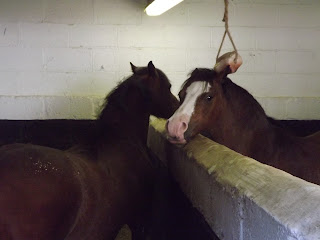 |
| The last pit ponies were still being used in Durham in 1994. I couldn't believe it was that recent! |
When our guide told us that his 'snap' was tied up in the bread paper and suspended from the ceiling in an attempt (unsuccessfully) to thwart the mice, he was not acting, he knew. He showed us from early days, when mining was a job literally for all the family, with women and children working alongside the father, through the introduction of the Davy lamp, decent prop supports and on into the mechanisation of mining.
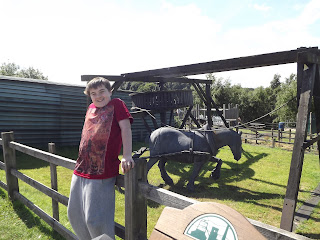 |
| The pony gin used to lift and lower the buckets of coal to the miners in the pit. |
 |
| Plenty of cut outs to put your head through! |
It is not a job I would ever have picked, but I can see how the presence of a pit in a village would have provided work for all the fit men, and been a visible (and audible) presence in the community. I cannot imagine how the loss of that certainty of work would affect a village, and I don't want to imagine how the miner's strike split families or how deep the pain still runs.
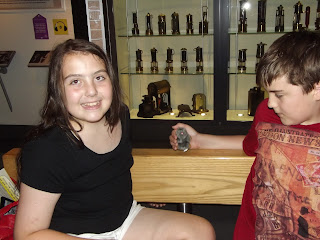 |
| See the lamps? There are plenty of artefacts to teach how mining was improved over the years. |
The underground tour was brilliant. My 13 year old son ('not history
again, Mum') was fascinated, stood close to the guide and listened. Ask him, he'll tell you about the hydraulic props and the reamers that broke the coal up.... oh, and the dynamite that split the rock. He loved that!
 |
| The museum has been open for 25 years. |
Entry is free, since it is a National Museum, but you need to buy a 'check' (metal tag to see who went down and who came back up) for the underground tour, which at £2 each is a fair entry price. I like to support free museums through their gift shop, and here I couldn't resist the souvenir toffee.
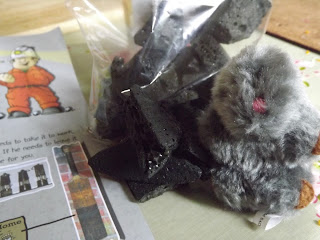 |
| It tastes divine! |
Cinder toffee, but dyed black to resemble the coal which I shall look at more closely and with greater respect in future as the fuel that powered our industrial development.
And to finish with, a quote; do you recognise where this is from? (no prize; there is no toffee left!)
`A place where Miners live, who labour in the bowels of the earth,’ returned the Spirit. `But they know me. See.’
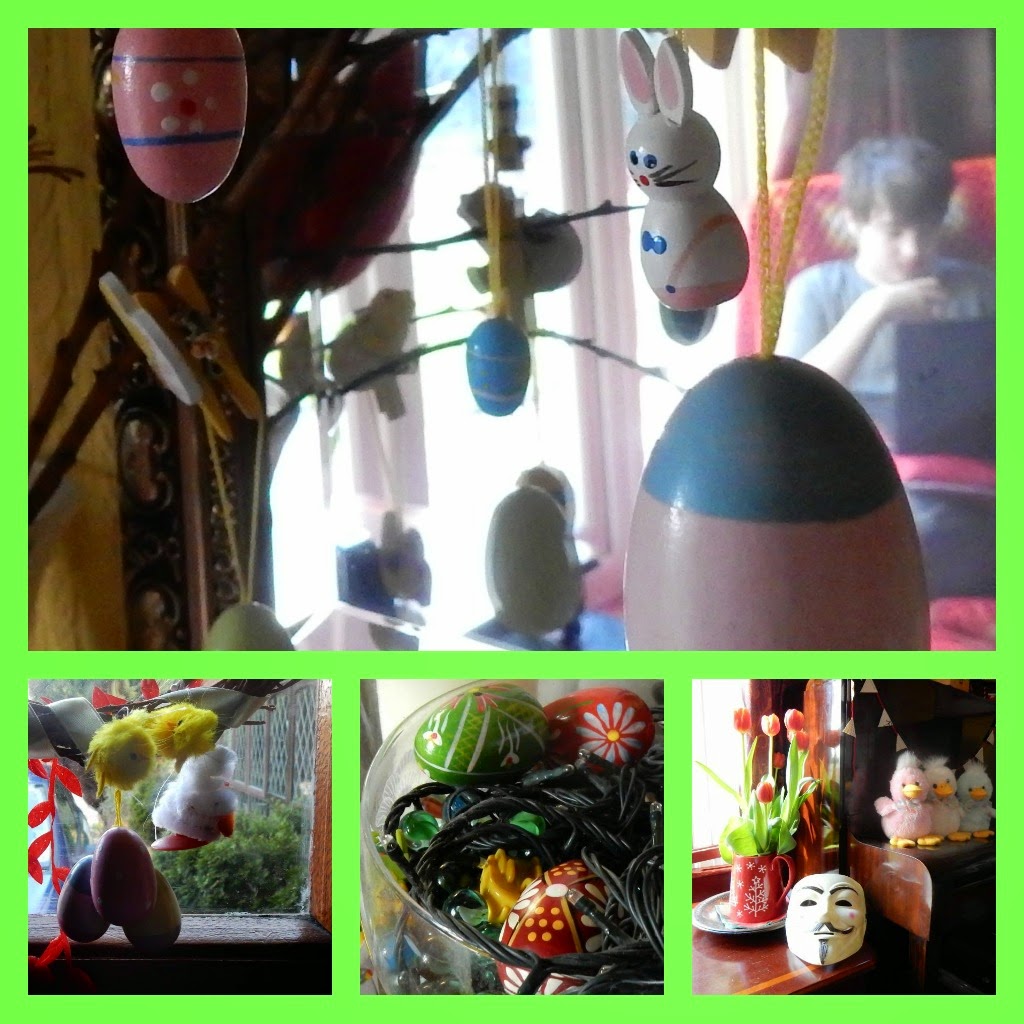
Comments
Post a Comment
Thanks for stopping by! I love reading your comments.